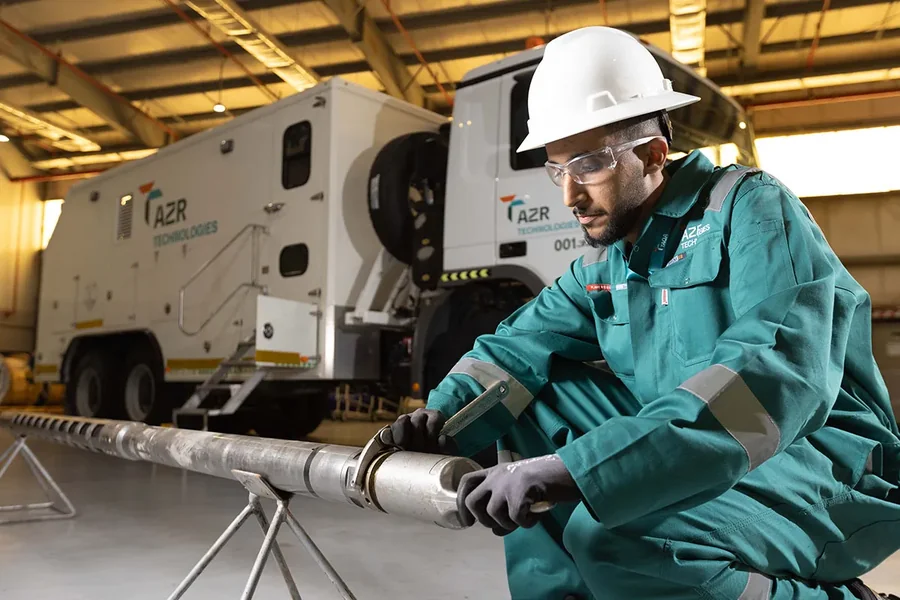Wireline technology has undergone a remarkable transformation, becoming indispensable across numerous industries. Known for its adaptability and precision, wireline is now a driving force behind crucial advancements in well evaluation, data acquisition, and infrastructure development. Companies rely on trusted partners, such as a wireline service company, for deploying advanced wireline tools and optimizing their field operations with accuracy and safety in mind. This article examines the current applications of wireline technology, highlighting its broad impact on the oil and gas, mining, telecommunications, and civil engineering sectors, while showcasing ongoing innovations and future trends.
Today’s industries are faced with increasing demands for efficiency, data precision, and operational safety. Wireline solutions meet these needs through real-time analytics, digital sensors, and streamlined interventions. Not only are wireline operations helping lower operating costs and reduce environmental risks, but they are also paving the way for digital transformation and smarter decision-making. The collaboration between specialized service providers and industry experts ensures that projects are executed with cutting-edge solutions tailored to each application. At the core of these advances is the continuous integration of new technologies, from AI-driven analytics to the deployment of fiber-optic sensors. As industries increasingly adopt digital and automated workflows, the demand for reliable, high-resolution data is on the rise. Wireline technology is responding to the need for smarter, safer projects that can adapt to rapidly evolving regulatory and environmental requirements.
Oil and Gas Industry
Wireline services are a vital component of upstream oil and gas operations. In this sector, wireline tools are used for well logging, perforation, and intervention, providing vital subsurface information that guides everything from drilling to reservoir management. Modern developments include the adoption of AI-powered analytics in wireline logging. This technology accelerates data interpretation, providing high-fidelity insights that enhance well productivity and mitigate operational risks. Major oilfield service providers continue to invest in advanced wireline platforms designed to reduce carbon emissions and ensure precise reservoir characterization.
Mining Exploration
Mining companies rely on wireline logging for a range of subsurface investigations, from identifying mineral resources to assessing structural integrity. Wireline data enables geologists and engineers to estimate ore grades, map geological formations, and design optimal extraction plans with minimal guesswork. High-resolution digital sensors built into modern wireline tools deliver precise, real-time datasets that streamline the mining exploration process. This accuracy is invaluable for decision-making, mine safety, and resource sustainability, supporting companies as they navigate increasingly complex regulatory environments.
Telecommunications
Wireline infrastructure remains the backbone of global telecommunications networks, handling the bulk of data transfer and internet connectivity. The integration of wireline and fiber-optic cabling with wireless small cell technologies is revolutionizing network density and boosting bandwidth. This is particularly critical as telecom providers expand their 5G rollouts to accommodate exponential growth in connected devices and data consumption. The ability to deploy hybrid networks that combine robust wireline and advanced wireless capacities ensures fast, reliable, and scalable communications across urban and rural environments.
Civil Engineering
In civil engineering, wireline logging is utilized to evaluate soil properties, determine groundwater levels, and assess subsurface structure before constructing tunnels, dams, and foundational infrastructure. The non-destructive nature of wireline testing allows engineers to obtain detailed profiles of subsurface layers without disrupting the environment or posing potential hazards. With real-time logging capabilities, project teams can rapidly adapt plans, improving safety margins, avoiding delays, and minimizing costs throughout the construction lifecycle.
Technological Advancements in Wireline Services
Advancements in wireline services have led to the introduction of compact, modular logging tools with high-resolution imaging and real-time data streaming. Artificial intelligence algorithms now process vast volumes of wireline data in moments, offering actionable insights directly to field engineers or remote command centers. Advances in fiber-optic sensors enable continuous, high-bandwidth monitoring of reservoir or infrastructure conditions, ushering in a new era of data-driven, adaptive operations.
Future Trends in Wireline Technology
The trajectory of wireline technology points decisively toward greater automation, digital integration, and sustainability. The deployment of remote-operated wireline systems allows experts to conduct interventions and diagnostics from centralized hubs, reducing the need for crew deployments to hazardous or remote locations. As machine learning tools continue to evolve, they will further refine predictive maintenance and anomaly detection, enabling safer and more cost-effective field operations. Lastly, increasing pressure to minimize environmental impact is guiding research into lower-impact wireline designs and operational strategies that align with sustainability goals. Wireline technology is foundational to modern industry operations, enabling accurate assessments, improved efficiency, and digital transformation across a broad spectrum of sectors. Continuing advancements promise to extend its capabilities, making it a key enabler of safer, smarter, and more sustainable industry solutions for the future.







